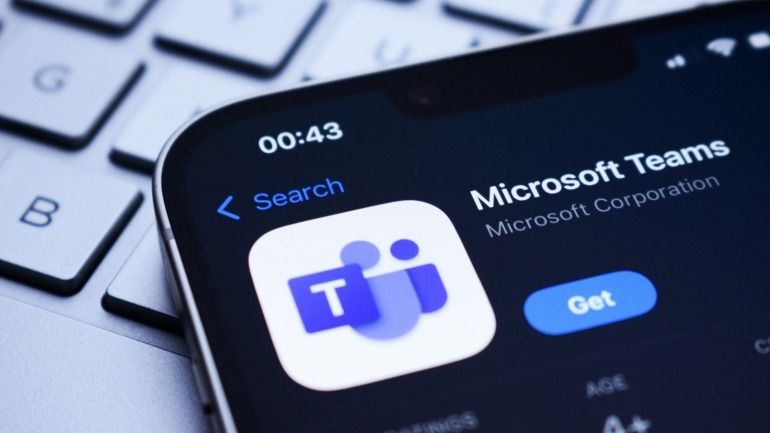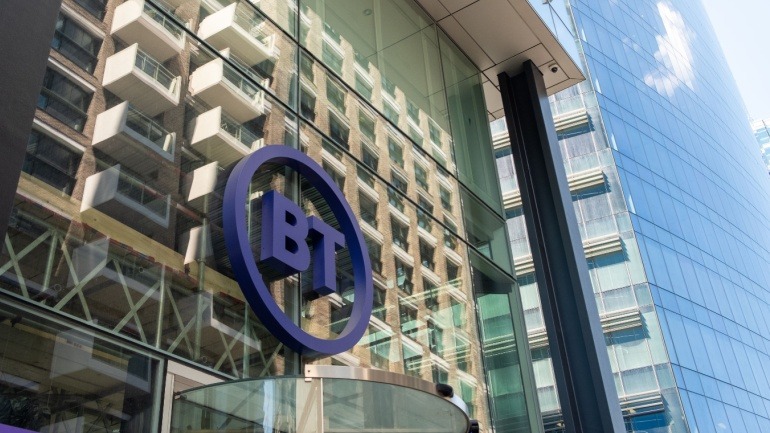In today’s hybrid work landscape, Microsoft Teams is at the forefront of modern workplace transformation. The platform boasts over 320 million monthly active users, yet many enterprises face challenges in leveraging its full potential. The sticking point for many is how Microsoft Teams Governance is implemented. Rather than facilitating smooth operations, it often inhibits progress, leading to unintended consequences, such as shadow IT and data leaks.
Striking a balance between too much control and complete freedom is crucial. Overly strict governance results in employees seeking unauthorized tools, while a lax approach results in data mismanagement and privacy risks. A robust governance strategy ensures efficient and secure workflows, keeps compliance intact, and allows for seamless collaboration.
CIOs are at the helm of governance design, and their policies impact not only security and compliance but also user productivity and satisfaction. These decisions are crucial since Microsoft Teams is more than just a communication tool—it’s a comprehensive platform integrating CRM software, industry-specific applications, and AI assistants like Copilot. Such integrations enhance organizational functions from sales and customer service to contact center operations.
Security risks in Teams can manifest in several ways. The unchecked growth of groups leads to “orphaned” Teams with no assigned manager. Uncontrolled guest access and data retention issues pose long-term threats if unmanaged. Consequently, CIOs must master these governance risks to preempt any negative impact.
Establishing a governance plan that aligns with business outcomes is paramount. Key performance indicators (KPIs) should closely relate to desired business impacts, such as sales velocity and customer service speed. This approach not only justifies investments in governance tools but also promotes user compliance.
Facilitating self-service within a regimented framework encourages Microsoft Teams adoption. Employees should create and manage their workspaces within structured templates, incorporating preset conventions and safety parameters. This allows interaction without constant IT oversight while preventing security lapses.
Effective data management, particularly regarding recordings and sensitive materials, is increasingly essential. Implementing retention policies and leveraging advanced audit logging can mitigate risks associated with data leaks.
Given that human error remains a significant threat to data security, comprehensive training programs for staff are essential. From understanding the operational policies to spotting phishing attempts, empowering employees as a frontline defense is critical.
Automation and AI offer avenues for simplifying governance. Emerging tools enable automated monitoring and provide actionable insights, thus preserving both security and user efficiency. Further, preparing for AI integration, coupled with adherence to current and evolving regulations, is a proactive measure that CIOs must adopt.
Lastly, partnerships with compliant-focused service providers can complement and enhance an organization’s governance strategy. By effectively managing internal and external collaboration channels, CIOs can foster a seamless and secure working environment.
In essence, instead of viewing governance as a roadblock, it should act as a catalyst for efficient, compliant, and innovative work practices. Successful governance allows businesses to harness Microsoft Teams as a seamless operational ecosystem, enhancing both productivity and security.







